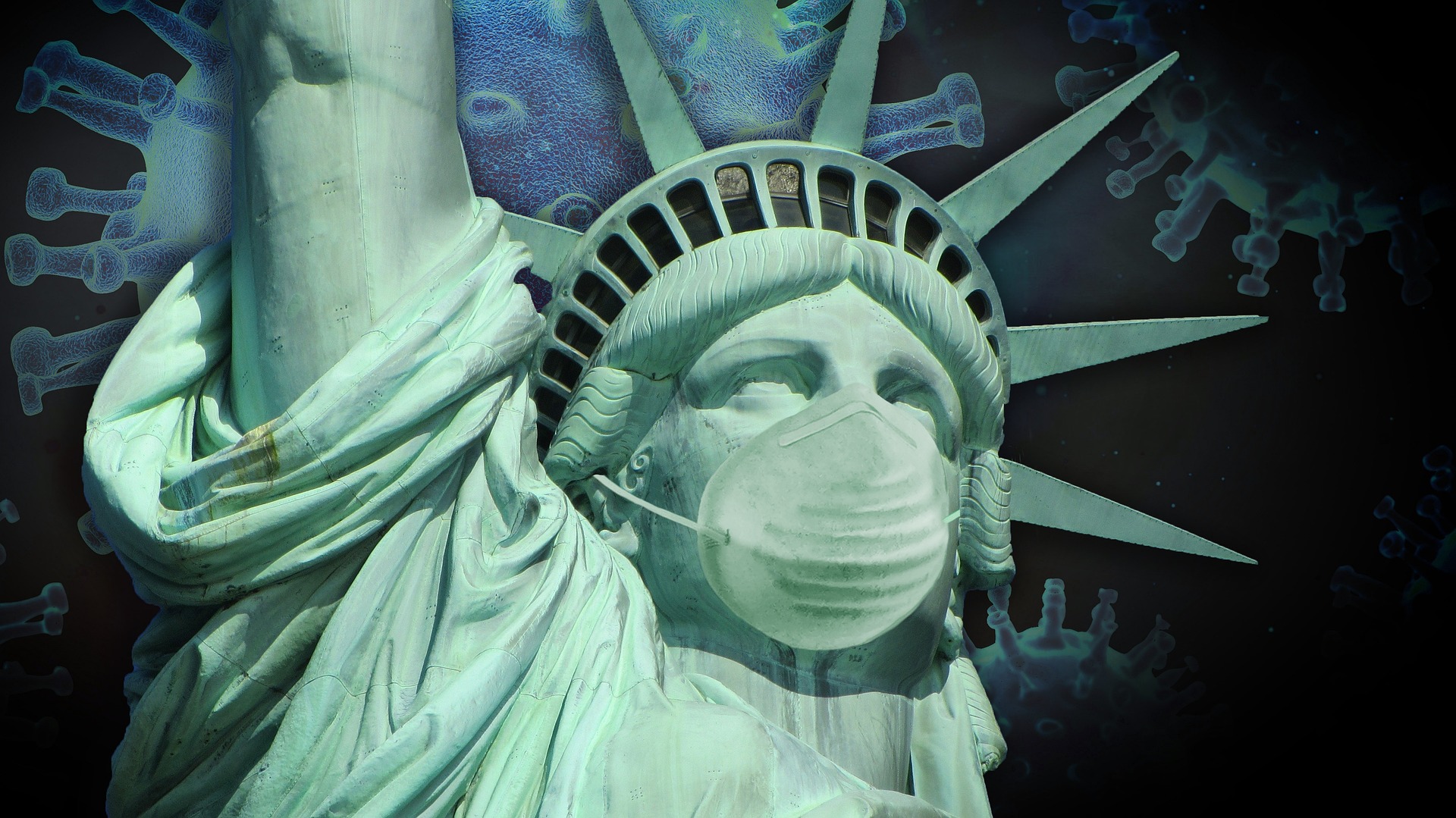The year 2020 has been a challenging one for the United States, with the COVID-19 pandemic wreaking havoc on the economy. As we come to the end of the year, it is worth reviewing the impact of the pandemic on the US economy and what we can expect in the future.
The US economy experienced a sharp contraction in the second quarter of 2020 as businesses were forced to shut down and consumers reduced their spending in response to the pandemic. However, as the year progressed, the economy began to recover, with the third quarter seeing the largest quarterly GDP growth on record.
The government also responded with massive fiscal and monetary stimulus packages to support businesses and individuals during the pandemic. The Coronavirus Aid, Relief, and Economic Security (CARES) Act provided direct payments to individuals and expanded unemployment benefits, while the Federal Reserve implemented a range of measures to support financial markets and provide liquidity to businesses.
However, the pandemic has also highlighted and exacerbated existing inequalities in the US economy. Low-income workers and minority communities have been disproportionately affected by the economic fallout from the pandemic, with job losses concentrated in service industries such as hospitality and retail.
Looking ahead to 2021, there are both reasons for optimism and concern. On the positive side, vaccines are being distributed, and there is hope that widespread vaccination will allow the economy to fully reopen and return to pre-pandemic levels. However, the rollout of the vaccine may take time, and it is uncertain how long it will take for businesses and consumers to regain confidence and return to their pre-pandemic spending levels.
Additionally, the pandemic has accelerated trends such as remote work and e-commerce, which may have long-term impacts on the economy. Many businesses have adopted remote work policies, and this trend is likely to continue even after the pandemic subsides. E-commerce has also seen a surge in demand as consumers have shifted their spending online, and this trend is likely to continue, potentially leading to the closure of more brick-and-mortar retail stores.
Another concern is the impact of the pandemic on government finances. The massive fiscal stimulus packages have led to a sharp increase in government debt, and it is uncertain how this will be addressed in the future. Additionally, the pandemic has exposed weaknesses in the US healthcare system, and there may be a need for significant reforms in this area.
In conclusion, the US economy has experienced a tumultuous year in 2020 due to the COVID-19 pandemic. While the economy has begun to recover, there are still challenges ahead, particularly for low-income workers and minority communities. The pandemic has also accelerated trends that may have long-term impacts on the economy. As we look ahead to 2021, there is hope for a return to pre-pandemic levels, but also concerns about government finances, healthcare reform, and the long-term impact of pandemic-related trends.
